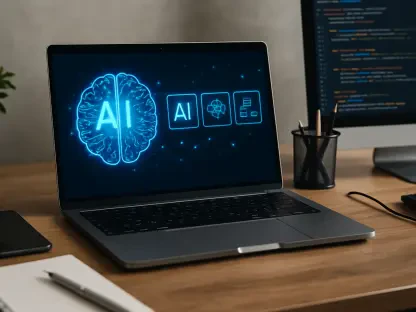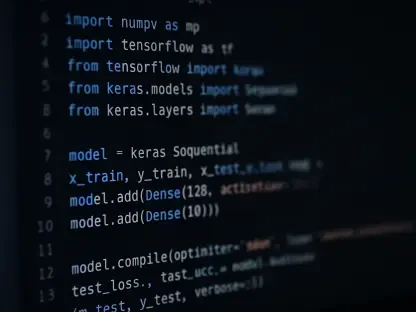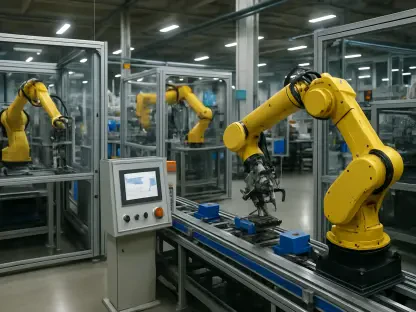I’m thrilled to sit down with Anand Naidu, our resident development expert, whose proficiency in both frontend and backend development offers unparalleled insights into various coding languages. Today, we’re diving into the world of application modernization, exploring how automated tools can transform massive codebases with precision and scalability. Our conversation touches on the innovative approaches to refactoring, the power of semantic understanding in code transformation, and the strategies that large enterprises can adopt to manage technical debt effectively.
Can you explain what OpenRewrite is and how it addresses the challenges of application modernization?
OpenRewrite is an open-source automated refactoring framework designed to make application modernization safe and scalable for developers. It was created to tackle the overwhelming problem of managing thousands of applications and billions of lines of code in large organizations, where manual refactoring just doesn’t cut it. OpenRewrite solves challenges like outdated APIs, inconsistent coding practices, and security vulnerabilities by providing a deterministic way to transform code. Unlike manual methods, it automates the process, ensuring consistency and repeatability across vast codebases, saving time and reducing human error.
How do Lossless Semantic Trees (LSTs) differ from traditional Abstract Syntax Trees (ASTs) in the context of code modernization?
Lossless Semantic Trees, or LSTs, are a game-changer compared to Abstract Syntax Trees, or ASTs. While ASTs are great for compilers, they fall short in modernization because they strip away critical details like comments, whitespace, and formatting, and they don’t resolve deeper semantic meanings like method overloads or dependencies. LSTs, on the other hand, preserve every bit of the code’s original structure and formatting while adding a full semantic understanding. This means they can pinpoint exactly which class or method is being referenced, even in complex scenarios, making transformations far more accurate and preserving the code’s readability in pull requests.
Can you walk us through how LSTs ensure precision in transformations, especially with ambiguous scenarios like similar class names?
Absolutely. Take a scenario with logging classes, for instance. You might have code referencing both a standard library like Apache Log4j and a custom company Logger class. A text-based tool might blindly replace all instances of a method like log.info(), messing up the custom logger. LSTs, however, understand the full context—they resolve which Logger class is actually being used by tracing types across the entire codebase. This precision prevents false positives, ensuring only the intended Log4j calls are migrated to, say, SLF4J, while leaving the custom logger untouched. It’s like having a surgical tool instead of a sledgehammer.
What are recipes in OpenRewrite, and how do they leverage LSTs to transform code?
Recipes are essentially modular programs within OpenRewrite that define how to transform code. They work by traversing the LST representation of the codebase, identifying specific patterns, and applying changes systematically. Think of them as a set of instructions that query and modify the LST. Because LSTs provide a detailed, semantically rich view of the code, recipes can make precise changes without breaking unrelated parts. They’re the mechanism that turns the deep understanding of LSTs into actionable, repeatable transformations, whether you’re updating a framework or standardizing coding conventions.
Why is the deterministic nature of recipes so critical for modernization at scale?
Determinism in recipes means that the same input will always produce the same output, no matter how many times you run it or where you apply it. This is huge for large-scale modernization because it ensures reliability and predictability across thousands of repositories. Recipes are also repeatable and idempotent, meaning you can run them repeatedly without unintended side effects, which is vital for organizations managing billions of lines of code. This consistency builds trust in automation, allowing teams to apply transformations confidently without worrying about unexpected changes or errors creeping in.
Beyond modifying code, what other capabilities do recipes offer in application modernization?
Recipes aren’t just about changing code—they’re incredibly versatile. They can handle non-code files like XML or YAML, which is essential for updating configuration files such as Maven POMs during migrations. They can even create new files if needed. Additionally, recipes can gather insights from codebases without making any changes at all. By analyzing LSTs, they can generate reports, metrics, or visualizations that help teams understand usage patterns, dependencies, or risks before embarking on transformations. This dual capability of transformation and analysis makes recipes a powerful tool for strategic planning.
How do you see the role of AI evolving alongside deterministic tools like OpenRewrite in the future of application modernization?
AI has a complementary role to play alongside deterministic tools like OpenRewrite. While AI struggles with scalability and repeatability due to its probabilistic nature, it excels at tasks like summarizing code, capturing developer intent, or even speeding up the creation of recipes. I foresee a future where AI helps interpret complex queries or orchestrates recipes, while OpenRewrite handles the actual transformations with compiler-level accuracy. This synergy could make modernization more intuitive and conversational, accelerating the process while maintaining the safety and reliability that deterministic automation provides. What’s exciting is how this combination could future-proof modernization efforts for decades to come.









